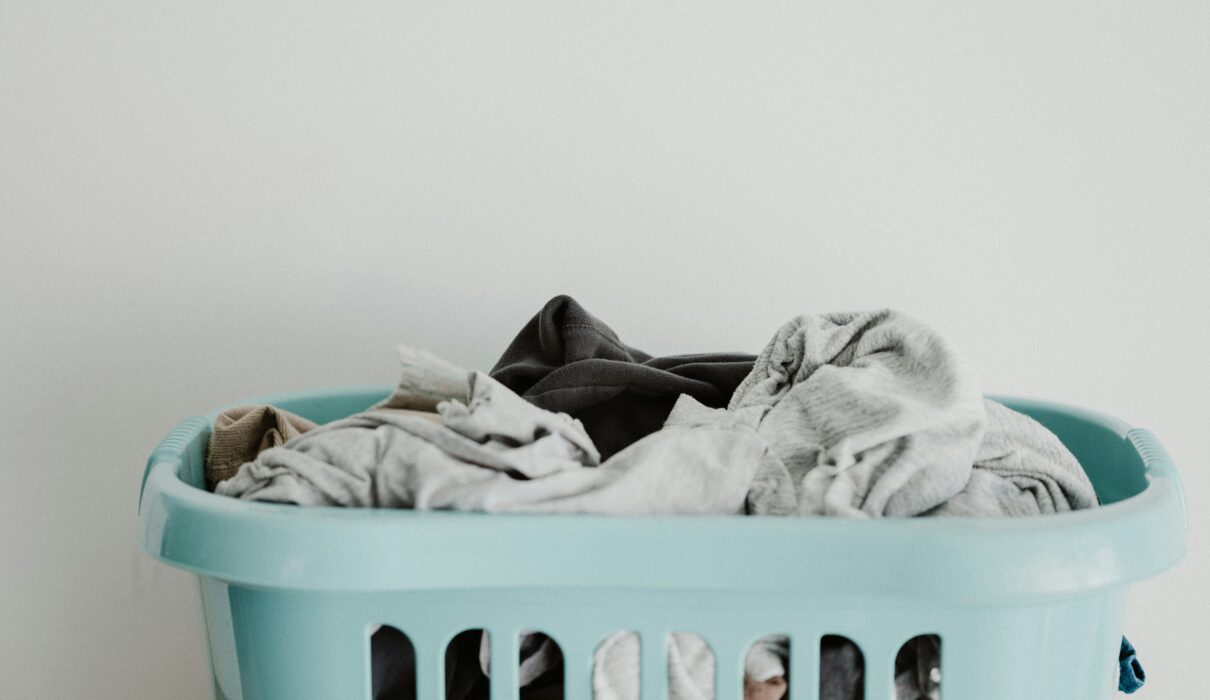Laundry day – a never-ending cycle that many of us can relate to, especially when you have kids! The mountains of clothes seem insurmountable, and the thought of finding a way to make the process more eco-friendly can be overwhelming. However, fear not; you’re not alone in this quest. With a few simple changes, like using an eco laundry liquid and fabric softener, you can transform your laundry routine into an environmentally conscious and money-saving practice. Here are some easy, effective tips from KidsBliss!
The Impact of Laundry on the Environment
Before looking into sustainable practices, let’s acknowledge the environmental impact of traditional laundry methods. From plastic waste to harmful chemicals, the laundry process can contribute significantly to ecological issues. The good news is that by altering our approach to washing and embracing sustainable alternatives, we can make a positive impact on the environment.
- Ditch the Plastic Pegs
Raise your hand if you’ve experienced the frustration of broken plastic pegs – a common laundry woe. These plastic shards pose a risk to wildlife once they end up in your garden. Make a simple but effective change by switching to stainless steel pegs. Not only are they more durable, but the steel is also recyclable, ensuring a cleaner and safer environment.
- Natural Wool Dryer Balls for a Greener Dryer
While avoiding the dryer altogether is the best option, it’s not always practical. Enter natural wool dryer balls – an eco-friendly alternative. These reusable balls not only reduce drying time by approximately 30% but also minimise wrinkling and static. Try out 100% natural Merino Wool Dryer Balls to enhance your laundry routine’s sustainability.
- Choose Environmentally Friendly Laundry Liquid
Conventional laundry detergents often contain harmful chemicals like formaldehyde and ammonium sulphate, posing risks to both the environment and our skin. Make the switch to plant-based eco laundry liquid, which are equally effective but contain fewer ingredients. Look for eco-friendly options that are biodegradable, ensuring a cleaner future for our waterways.
- Re-evaluate Fabric Softeners
While fabric softeners may make clothes feel softer and reduce wrinkles, some can be harmful to the environment. Many contain additives and palm oil, contributing to pollution and health concerns. Consider using eco-friendly fabric softeners or an eco-friendly laundry liquid for delicate items.
- Be Mindful of Synthetic Fibres
Synthetic fibres shed microplastics when washed, contributing to water pollution and harming ecosystems. Hand wash synthetic fabrics like swimwear to minimise microfiber release. Alternatively, invest in protective washing bags to catch synthetic fibres, preventing them from entering waterways.
- Embrace Eco-Friendly Clothing
The fashion industry’s environmental impact is substantial, with cheap, synthetic clothing contributing to water pollution. Consider buying more eco-friendly clothing made from sustainable materials like cotton or wool. Quality items last longer, reducing the need for frequent replacements and promoting a more sustainable wardrobe.
- Reuse Your Lint
Surprisingly, lint from your dryer can find a second life. Use it in garden pots to increase soil moisture or stuff cushions and craft items. If the lint comes from all-natural clothing, it can even be added to your compost. This simple practice reduces waste and adds a touch of sustainability to your laundry routine.
- Choose Refills and Wash Clothes Less Often
Minimise your plastic usage by choosing organic, all-natural eco laundry liquid available in bulk or refillable options. Additionally, challenge the traditional mindset of washing clothes after every wear. For items like jeans, jackets, and pullovers, consider wearing them multiple times before tossing them in the laundry. Not only does this conserve water and energy, but it also extends the lifespan of your clothing.
Sustainable Washing Practices
Beyond the choice of products, adjusting your washing practices can significantly contribute to a greener laundry routine:
- Wash with Cold Water
Switching to cold water is an effective and eco-friendly choice. Harvard University researchers have found that washing clothes in cold water is as efficient as using hot water for everyday loads. This not only reduces energy consumption but also prevents colour bleeding and extends the life of your clothes.
- Wash Fuller Loads
Ensure your washing machine operates at peak efficiency by filling it to the recommended capacity. If you can’t fill it up, use the load size selector to match water levels with the load size. Larger loads have the added benefit of releasing fewer microfibers into the water, contributing to a cleaner environment.
- Use Fewer Cycles and Less Intensive Spins
Shorter and less intensive cycles are crucial steps towards a sustainable laundry routine. According to researchers from the University of Leeds, a 30-minute cycle at a lower temperature is better for your clothes than a longer, hotter cycle. This not only saves energy but also reduces microfiber release by over 50%.
- Air-Dry When Possible
Traditional dryers are notorious energy consumers. Harness the power of the sun and wind by air-drying your clothes whenever possible. If space permits, a clothesline is a cost-effective and eco-friendly alternative. For those without outdoor drying options, consider investing in a heat-pump dryer for improved energy efficiency.
- Consider a Front-Loading Washing Machine
Front-loading washing machines use significantly less water than their top-loading counterparts, contributing to water conservation. They also operate with faster spin cycles, extracting more water from your clothes and reducing drying time. While front-loaders may have a higher upfront cost, the long-term benefits justify the investment.
- Rethink Dry Cleaning
Traditional dry cleaning involves harsh chemicals like perchloroethylene, a probable carcinogen. Explore alternative methods, such as hand-washing delicate fabrics with mild, eco-friendly soap. Utilise special bags, gentle cycle modes, or liquid silicone and CO2 cleaning for stubborn stains. These alternatives are gentler on your clothes and the environment.
- Reuse Water for a Sustainable Garden
Consider collecting and reusing laundry water for your garden. If using chemical-free detergents and fabric softener, you can manually bucket water before it enters the wastewater system. Implementing a greywater filter can capture impurities, making it safe for garden use. This practice not only conserves water but also promotes a more sustainable approach to household chores.
Join the Eco-Friendly Laundry Movement
Laundry day doesn’t have to be a guilty pleasure for environmentalists. By adopting these sustainable practices and making mindful choices, you can transform your laundry routine into an eco-friendly and cost-effective endeavour. Remember, every small change contributes to a larger collective impact. Join the growing community of individuals striving to make a positive difference in their homes and the world, one load of laundry at a time!
Looking for Eco Laundry Liquid and Fabric Softener? Try KidsBliss!
In choosing eco laundry liquid and fabric softener from KidsBliss, one of the leading eco brands in Australia, you’re not only embracing a commitment to cleanliness but also prioritising the health of our planet. Our 100% natural products are not only gentle on your family’s clothes and ideal for sensitive skin, but they’re also safe for the environment. With fully biodegradable formulations, you can wash with confidence, knowing that you’re making a sustainable choice for a healthier home and a greener Earth.


